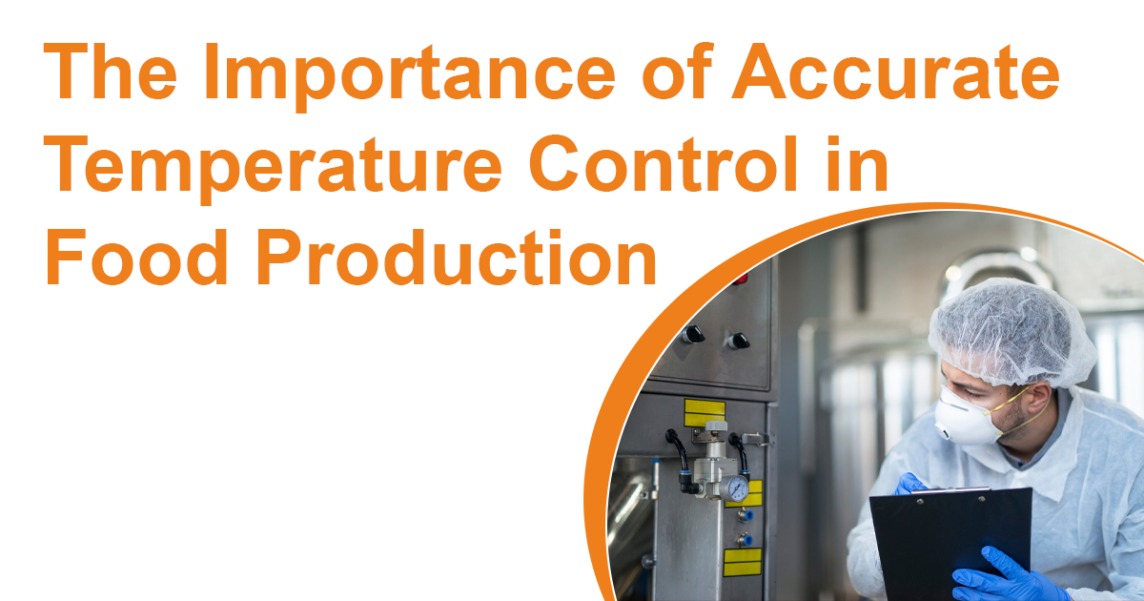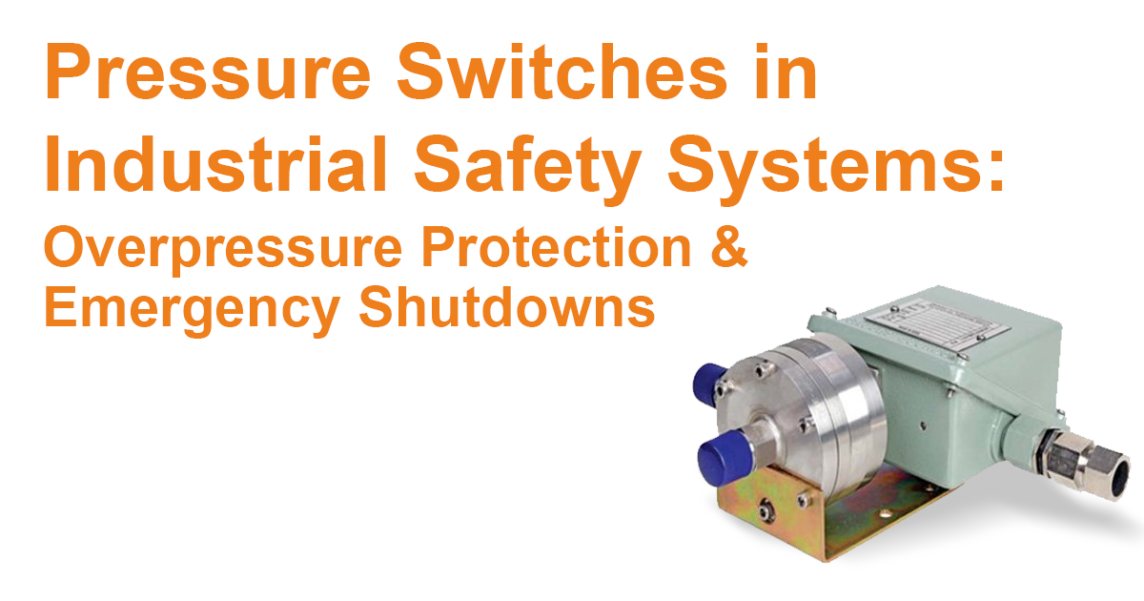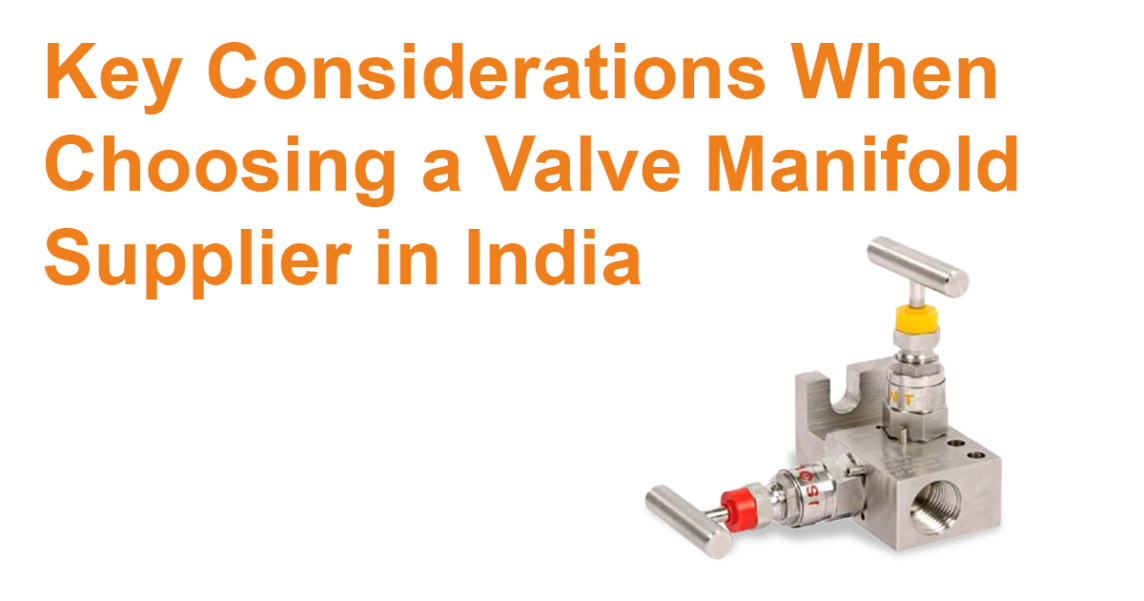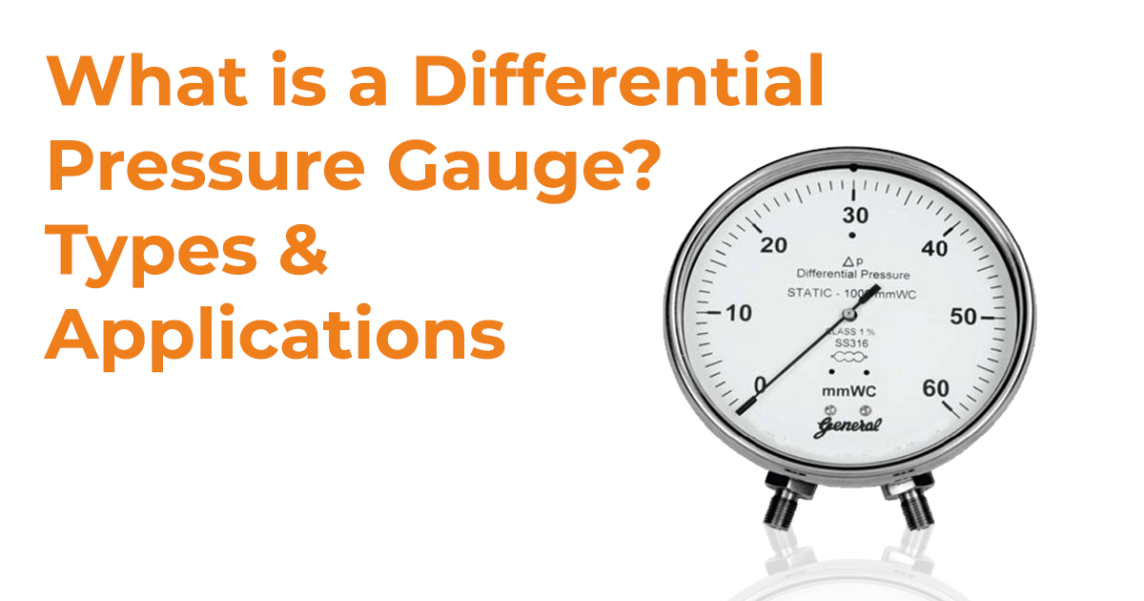The worldwide appetite is far more than what we can imagine. Our global hunger for processed goods is immense, with a market worth over $4.2 trillion. And, the vast bulk of food we consume requires precise temperature control to remain safe and pleasant.
In the fast-paced world of food processing, effective temperature management is more than just following standards; it is also about keeping people safe and businesses thriving. Imagine the bustling floors of a food manufacturing plant, where every step, from ingredient handling to packaging, is dependent on perfect temperature control.
However, millions of people around the world become ill each year as a result of foodborne infections. It’s not just numbers; it’s families suffering with illness, hospitalization, and, in some cases, devastating loss as a result of temperature control failures during food processing.
How important is temperature control in the food industry?
Let’s discuss numbers: Each year, approximately one in every six Americans contracts a foodborne illness, resulting in thousands of hospitalizations and fatalities. When a food recall occurs, it is not only about the money (though the average recall cost in the United States is a stunning $10 million). It is about trust. One mistake can ruin a brand’s reputation for years.
Consider frozen meals, which are an expanding $240 billion sector. One slip-up in temperature management during production or storage could result in a health issue and a PR nightmare.
In today’s world, temperature controlling instruments in the food industry are more than just obeying laws; it’s about keeping people safe, according to regulations, and ensuring trust in the items we love. It’s about leveraging cutting-edge technology and rigorous procedures to do it properly.
Challenges in Food Processing and Manufacturing
The problems of maintaining complicated production processes, catering to a wide product line, complying to tight regulatory standards, and satisfying consumer expectations highlight the crucial relevance of accurate temperature control in food processing and manufacturing.
Advanced temperature measuring instruments and systems are crucial tools that assist manufacturers handle these problems effectively while assuring food safety.
- Complex production processes
Food processing consists of a succession of complex procedures, ranging from raw material handling to packaging, each of which requires appropriate temperature conditions for optimal outcomes.
Temperature management is essential for keeping the proper temperature for fermentation in dairy products and achieving accurate heat levels during cooking. Inadequate temperature management can cause safety hazards, spoilage, and variable product quality.
- Diverse product range
Food manufacturers make an enormous variety of items, each with their own temperature requirements. From dairy products to ready-to-eat meals, maintaining the proper temperature is critical for safety and quality.
For example, dairy products must be refrigerated on a regular basis to avoid deterioration, whereas ready-to-eat meals must be prepared and cooled to specific temperatures to eliminate germs while maintaining taste and texture. The variety of products demands strong temperature control systems that are adapted to each type of food.
- Strict Regulatory Standards
To maintain food safety, regulatory authorities around the world set tough rules and laws. Temperature management is an important component of these requirements, and noncompliance can result in significant penalties and reputational damage.
To reduce the danger of foodborne illness, the Food and
Drug Administration (FDA) and other global organizations require certain temperature ranges for various food products. Manufacturers must utilize modern temperature measuring tools to accurately monitor and document temperatures, assuring adherence to these demanding rules.
- Consumer Expectations
Today’s consumers expect safe, high-quality food products. Any compromise in temperature control might result in product recalls, undermining consumer trust and brand loyalty. Consumers demand consistency in the items they buy, and any deviation, such as bad flavors or spoiling caused by poor temperature management, can lead to dissatisfaction and a loss of market share.
Manufacturers must prioritize temperature control in order to achieve these expectations and preserve a competitive advantage.
Importance of Effective Temperature Measurement and Control Instruments
Precise temperature management is critical for avoiding foodborne infections, assuring food safety, and preserving product quality. Advanced temperature measurement tools, like thermocouples and infrared thermometers, allow exact monitoring, which is critical for eradicating infections while keeping taste and texture.
Accurate temperature documentation helps you avoid fines and legal complications and ensures compliance with tough regulatory criteria. Consistently high-quality products produced by precise temperature control foster consumer trust and brand loyalty.
Investing in effective temperature control solutions is critical for food makers to assure safety, maintain quality, and improve market reputation.
Read More: How To Select And Use The Right Temperature Sensor
4 secret ingredients of the Food Industry
- Food Safety Assurance
- Quality Maintenance
- Regulatory Compliance
- Consumer Trust
Conclusion
The global size of processed food consumption, combined with the economic effect of recalls and the prevalence of foodborne illnesses, highlights the vital role of temperature control in the food processing industry.
Using precise temperature measuring tools and adhering to tight standards is critical to ensuring food safety, quality, and regulatory compliance, protecting both consumer health and the reputation of food businesses. This procedure relies heavily on reputable and skilled producers of temperature control instruments, who also provide customized solutions.
Their knowledge and custom-made instruments assist in meeting specific food processing requirements, assuring optimal performance and compliance with safety regulations. Get in Touch Today!




